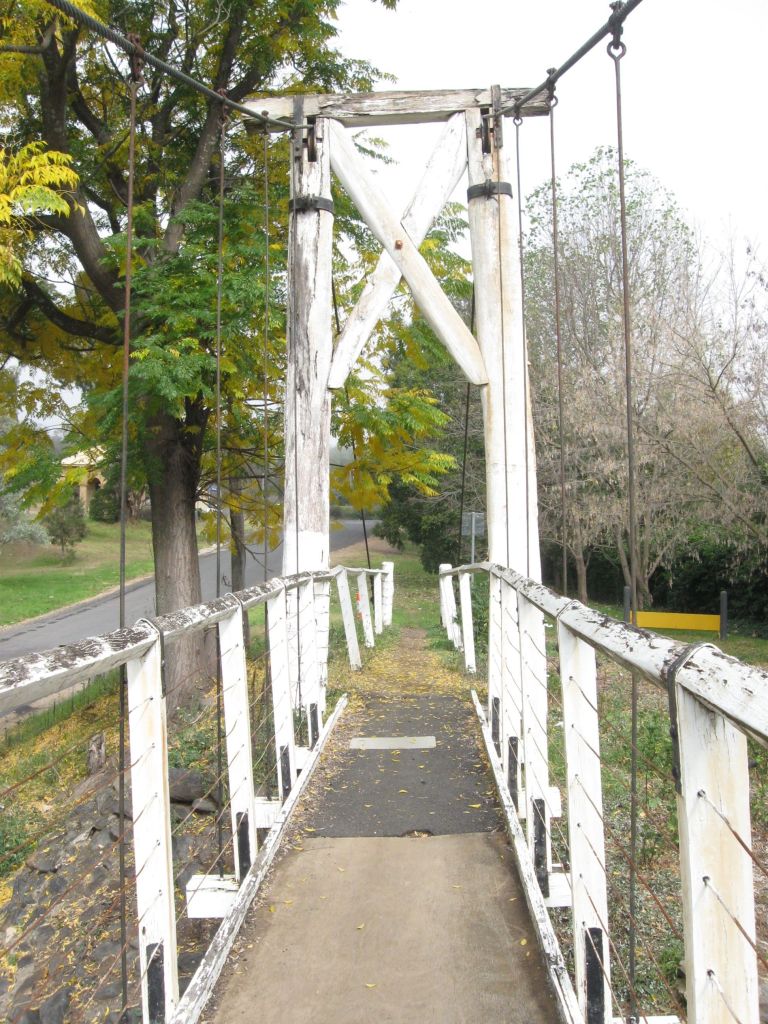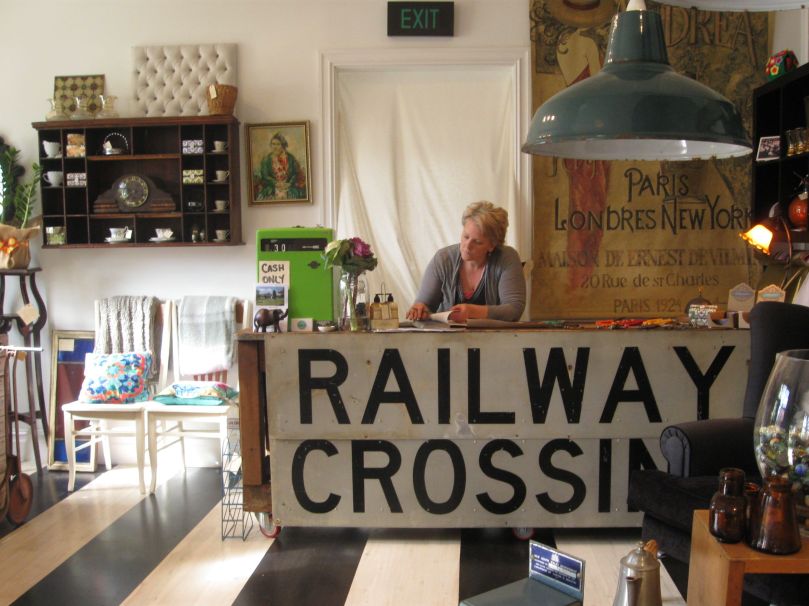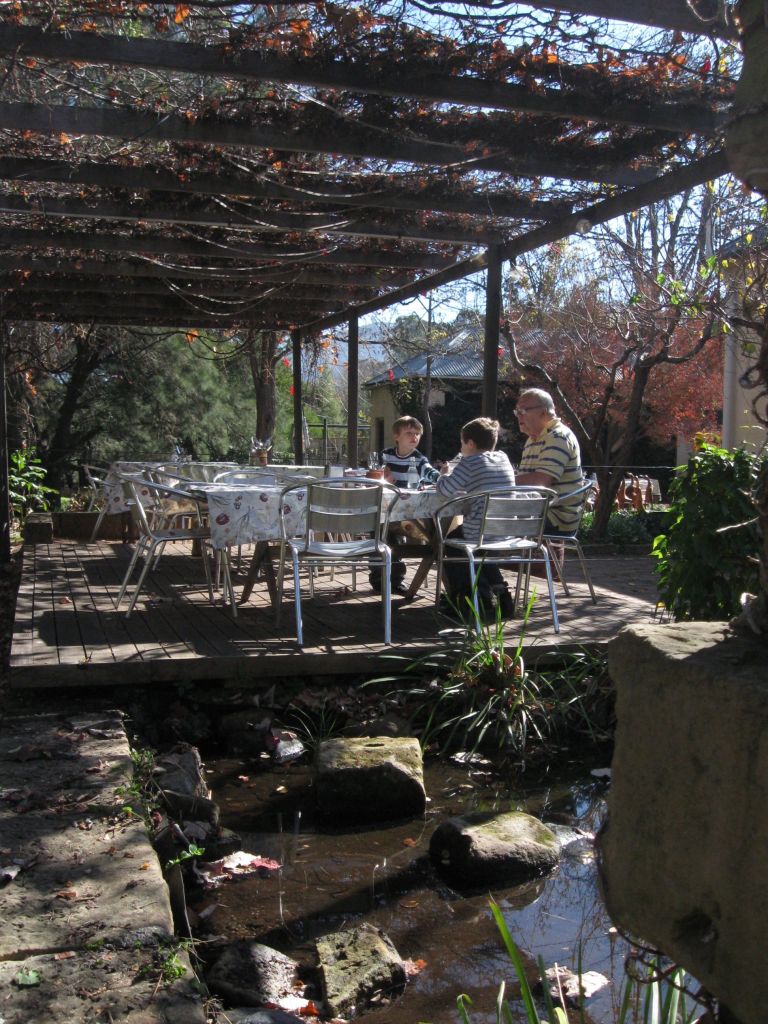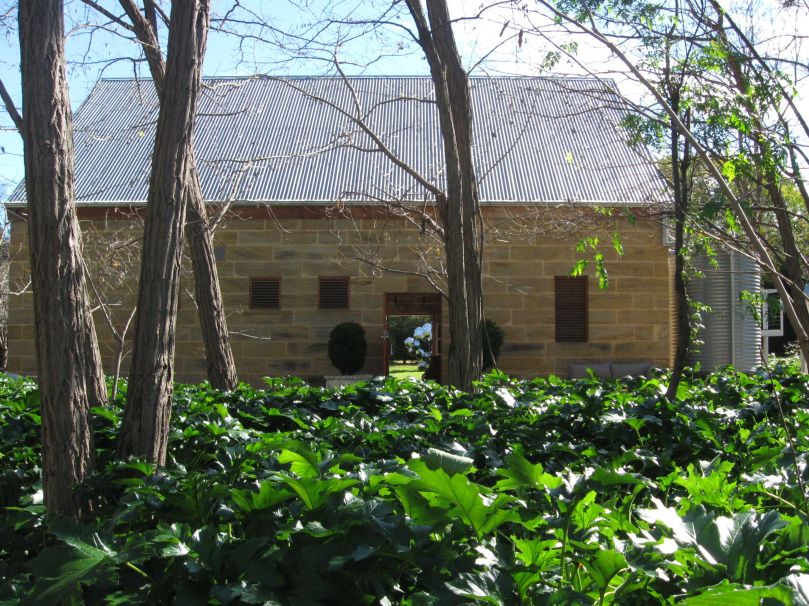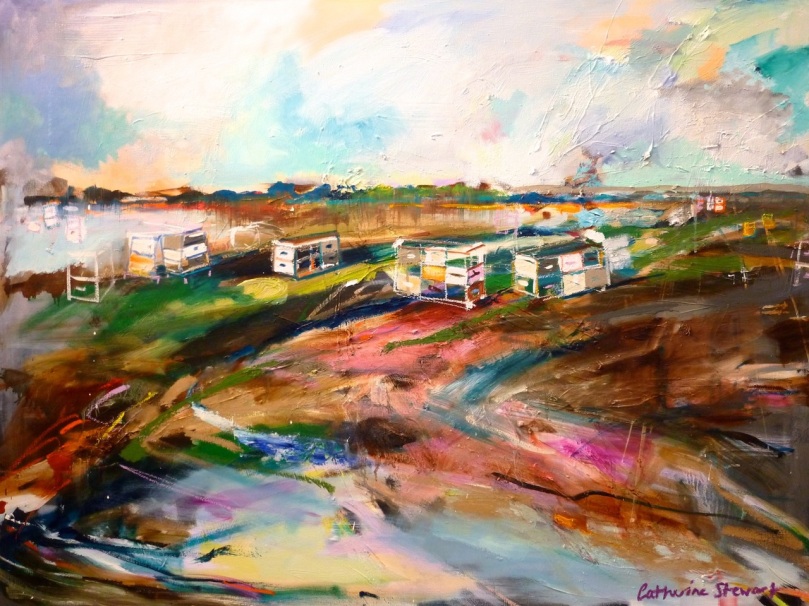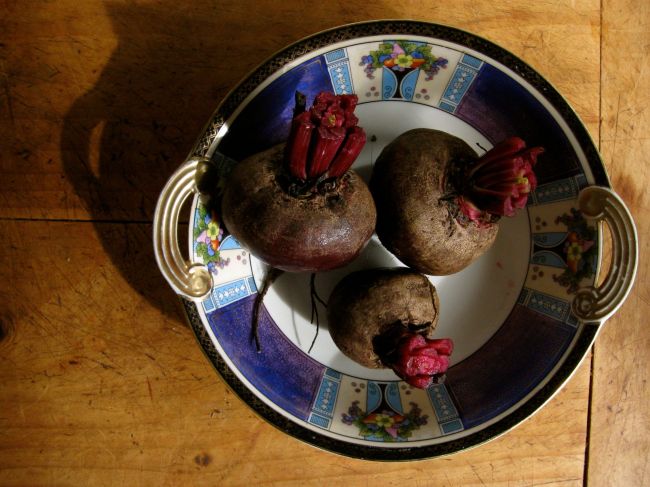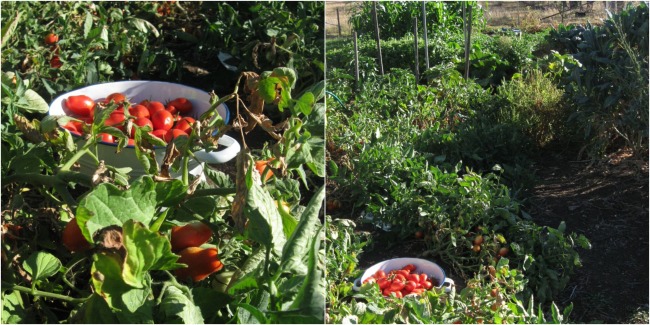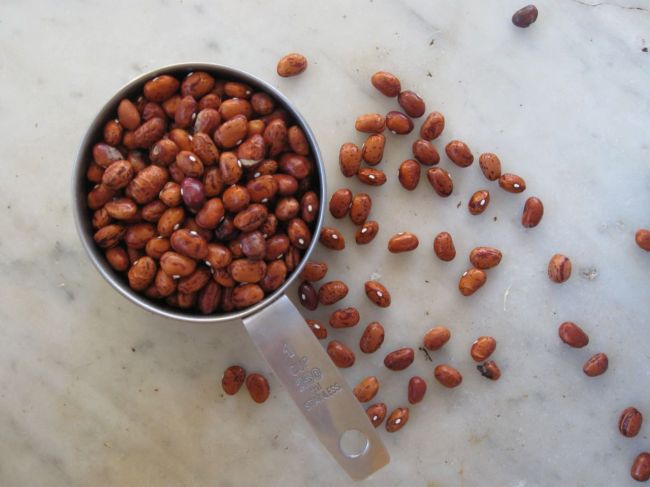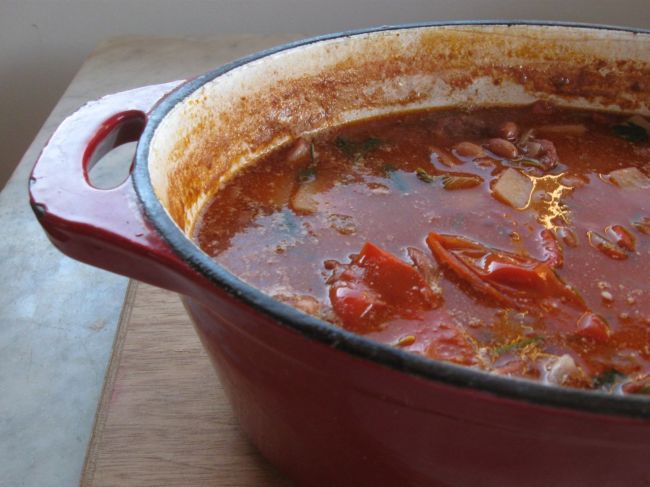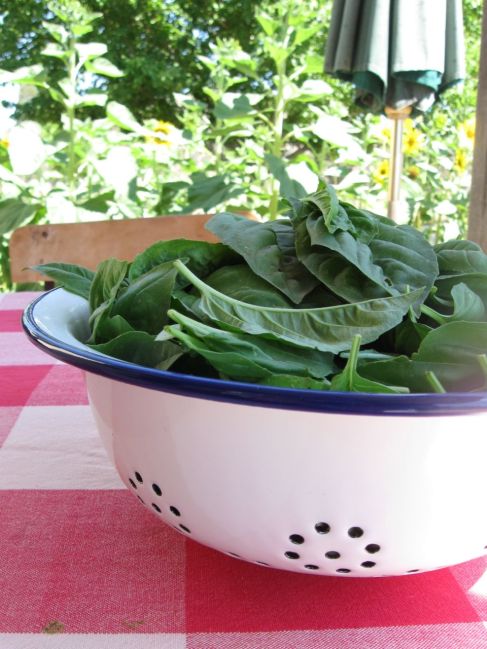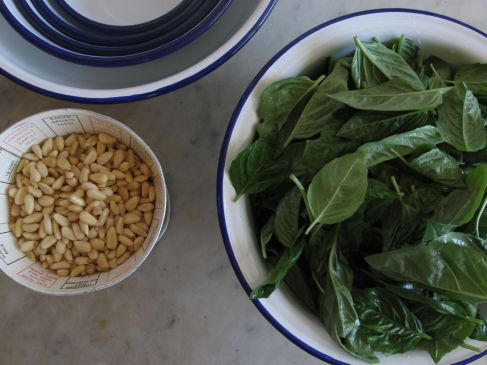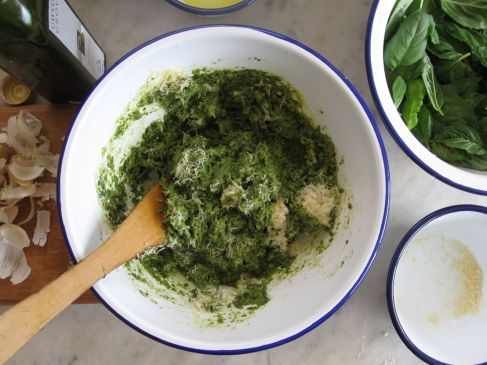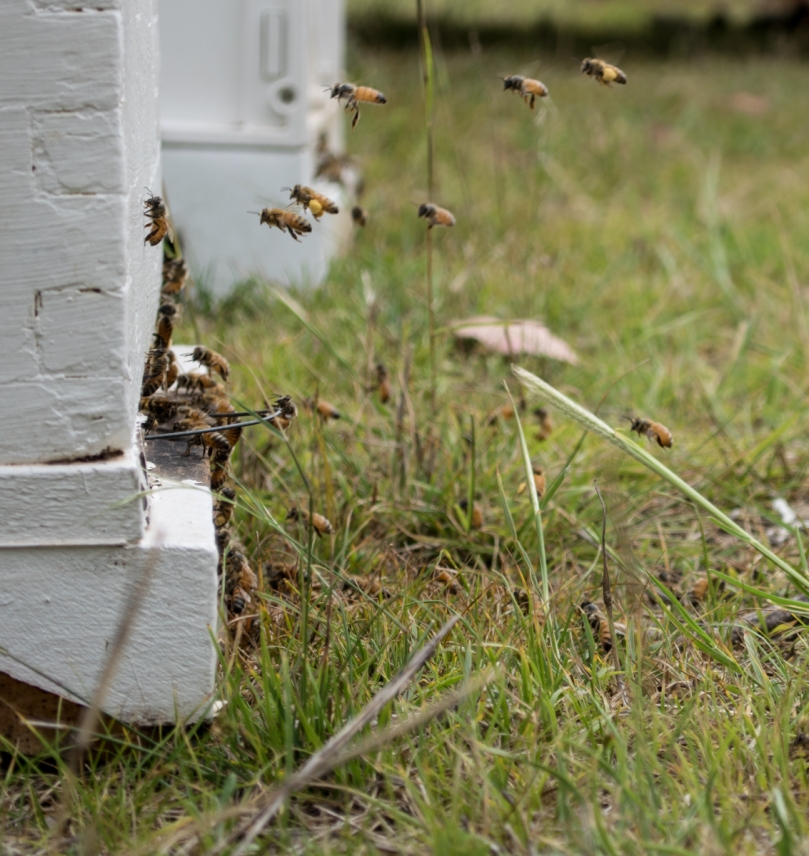 I am gradually migrating my blog over to our new website. We scraped in before the end of the year, going live this week. We’d love you to jump over and explore some time. Megan x
I am gradually migrating my blog over to our new website. We scraped in before the end of the year, going live this week. We’d love you to jump over and explore some time. Megan x
Winter best friends
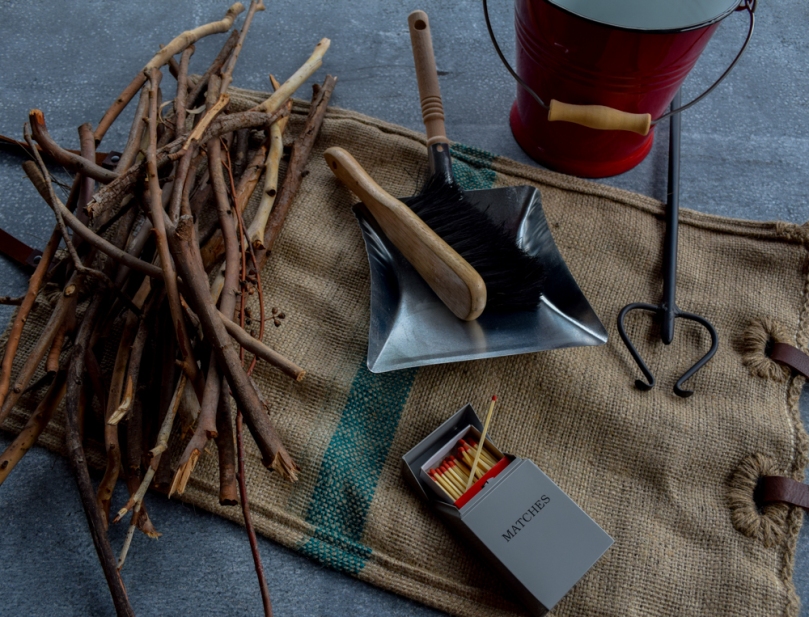
Let me confess I am a terrible fire lighter. I was a girl guide, but I don’t remember lighting fires being part of that gig. Many a time Duncan has arrived, exasperated by my attempts at fire lighting. So with a wood fire at home and two at the shop ( one in the store and one in the warehouse), I have gathered my winter best friends to help me out.
Numero uno is the cast iron fire blower ($45.95), which I reach for when I have been distracted and let the fire struggle for too long. A blow on the end of the fire blower and it literally breathes life into a dying fire.
I am also a major fan of the Akuna Wood and Kindling Carrier ($54.95), perfect for saving favourite jumpers and jackets from chips of bark and dust. The Akuna Carrier may be used in winter for taking on a walk and filling with the day’s kindling (great for involving children in the work behind heating the house. One thing I have learned in this fire lighting business is that a healthy store of kindling is a good start. The Akuna Carrier can also be repurposed in spring and summer for harvesting fruit and vegetables. Clever.
A recent discovery is our enamel Matches box ($12.95). I usually reach for what ever lighter is lying around. Now I am switching back to matches, the extra long matches. They allow you to set your kindling (and a cheeky fire starter) and light the fire without burning your hand. And I am storing my extra long matches in a smart hinged-lid Matches box so they are easy to spot and the cardboard box is protected.
The other handy winter friends are a steel dust pan and cinder resistant brush. While the steel dust pan and cinder resistant brush are not fire proof, it is a good deal better than a synthetic brush or pan that melt cleaning up fireplace detritus with the slightest residual heat. I can imagine the fumes as I write. We have a Cinderella Special, of a galvanised steel and timber handled dust pan and cinder resistant brush for $17.95 (20 only).
If you really are a Cinderella like me, tidying wood fires here and there you might also like to consider a Romanian enamel five litre enamel bucket ($29.95) for collecting ash and using it on the garden (Hannah Moloney of Goodlife Permaculture has some suggestions for using wood ash here).
So hopefully you now have ideas for keeping warm this winter a little easier. Now to go and stoke that shop fire. I’m sure it’s gone out while I’ve been writing.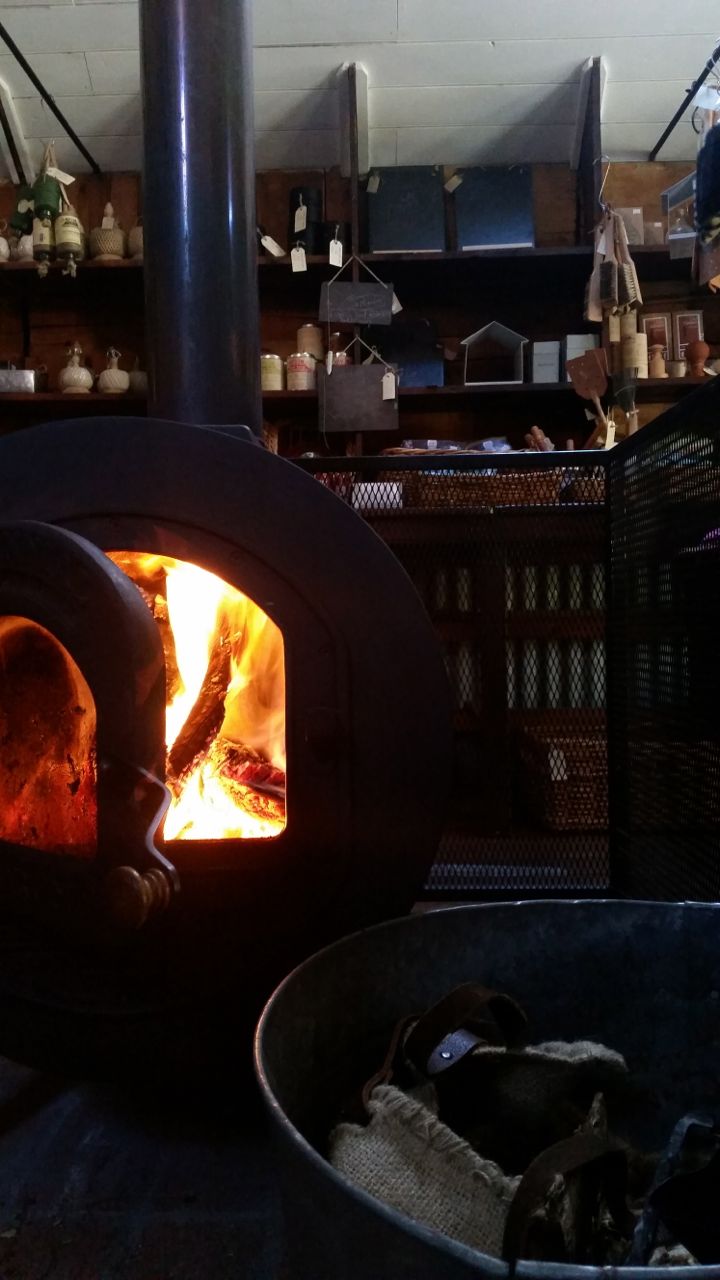
Little gardeners
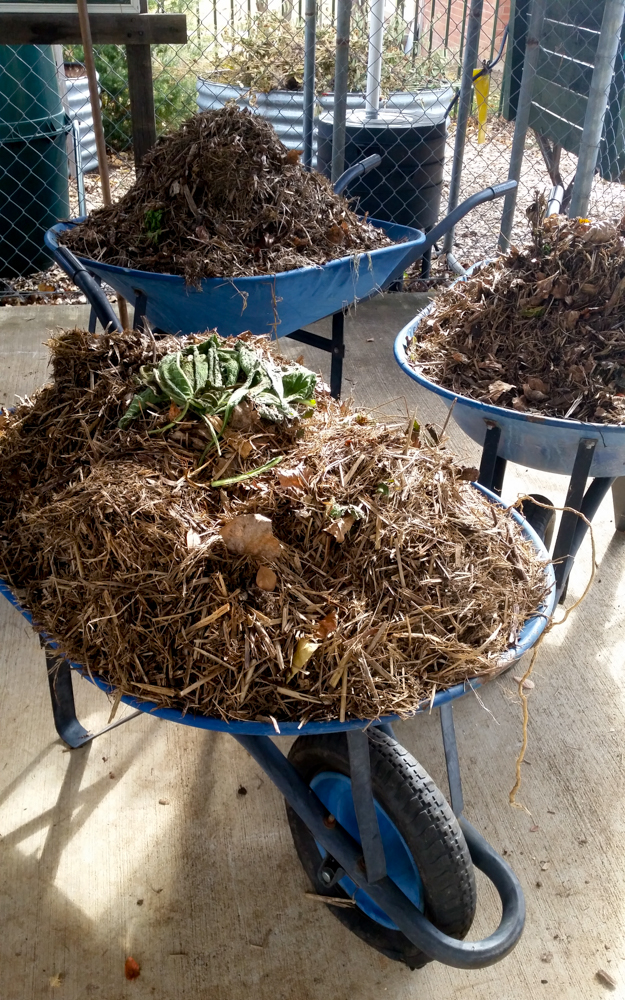
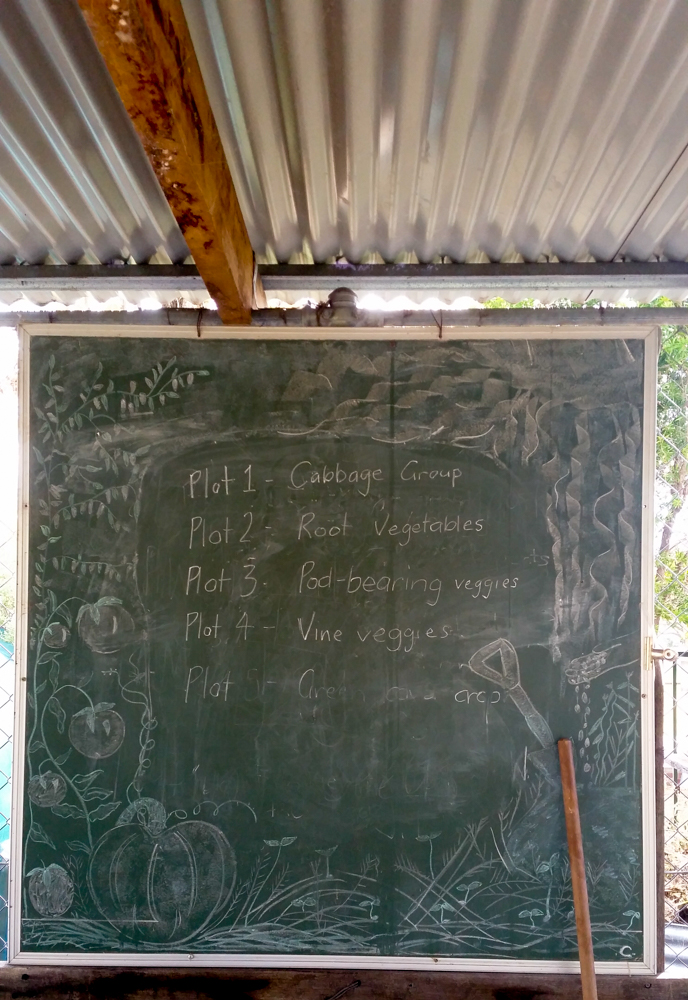
 It is parent helper afternoon for the Kitchen to Garden to Kitchen Again program at Nundle Public School, established as part of the Stephanie Alexander Kitchen Garden Foundation. The Year 1-2 class is divided in half, one group is cooking in the kitchen and the other is gardening. Miss Deaves counts our students as they arrive; seven students. It is a remarkably small group, but not surprising given the entire school numbers 70. We arrive at the outdoor classroom and it is a picture of productivity, wheel barrows of compost, a blackboard of planned activities, and tools hanging at the ready. Miss Deaves has the class hanging on every word as she talks about earth worms and the benefits they have for the soil and plant health.
It is parent helper afternoon for the Kitchen to Garden to Kitchen Again program at Nundle Public School, established as part of the Stephanie Alexander Kitchen Garden Foundation. The Year 1-2 class is divided in half, one group is cooking in the kitchen and the other is gardening. Miss Deaves counts our students as they arrive; seven students. It is a remarkably small group, but not surprising given the entire school numbers 70. We arrive at the outdoor classroom and it is a picture of productivity, wheel barrows of compost, a blackboard of planned activities, and tools hanging at the ready. Miss Deaves has the class hanging on every word as she talks about earth worms and the benefits they have for the soil and plant health.
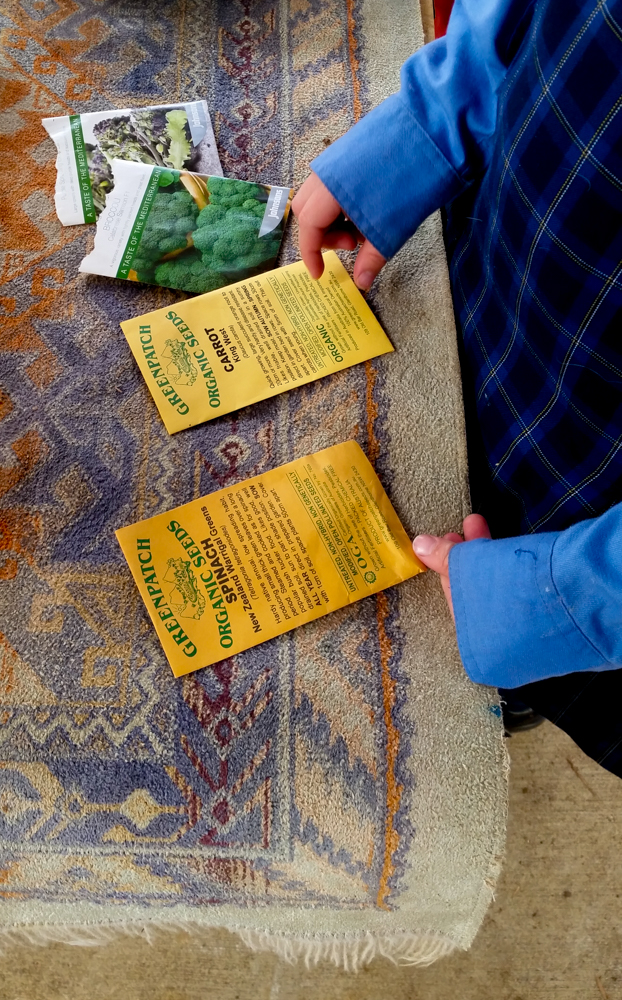
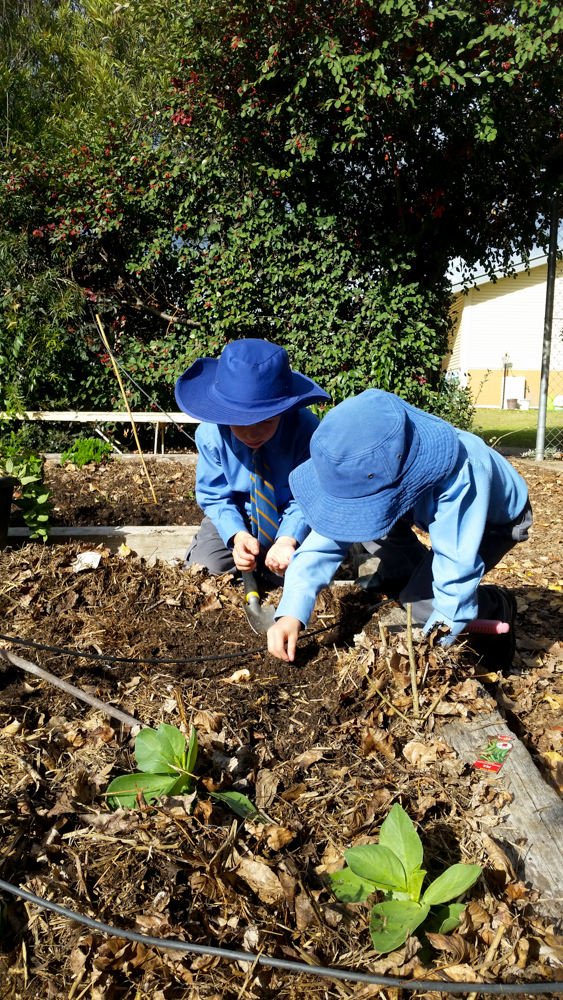
The children split into smaller groups again to take on their activities for the afternoon. The students select seeds to plant in the vegetable garden and we plant carrot, silverbeet and sweet peas, discussing the varying sizes of the seeds and subsequent recommended planting distance and depth.

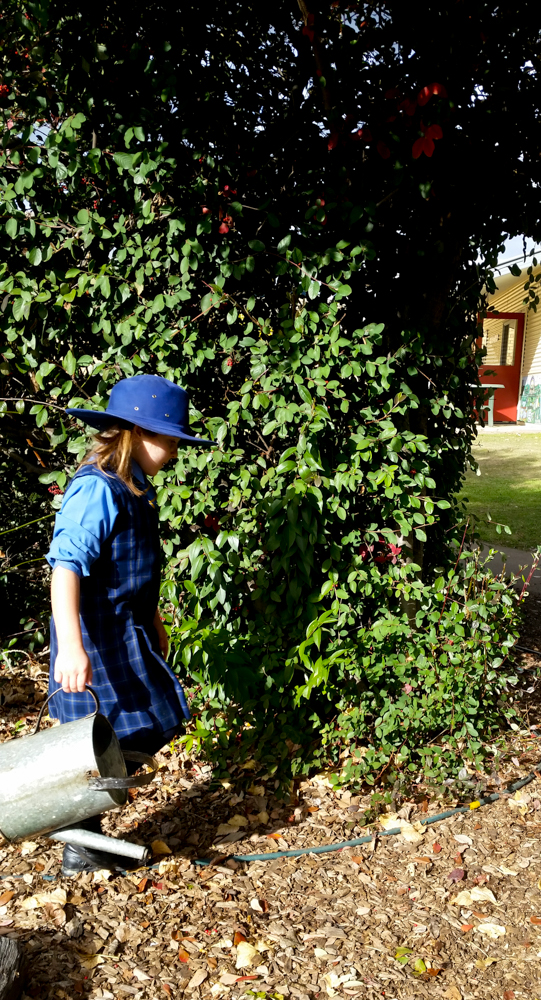
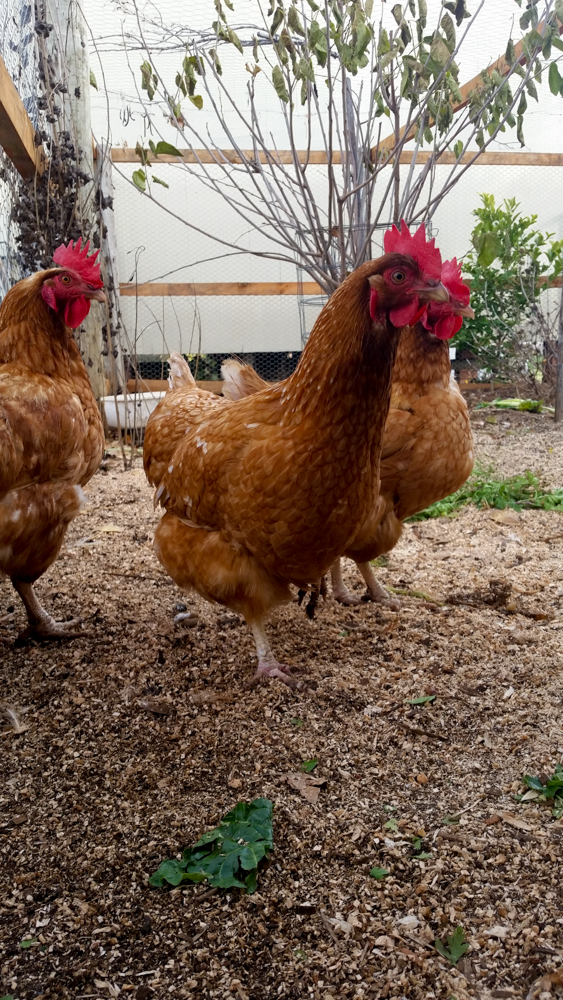 Another group rakes leaves from poplars, shedding their golden autumn leaves and shutting down for the winter. The children delight in throwing the leaves from the wheel barrows to the raised beds of compost. Another task generates much comment, diluting the carp fertiliser to water onto the growing seedlings. “Oh, it smells,” is a common response. Back in the outdoor classroom the group talks about what they have learned during the afternoon. They describe the way worms move, by scrunching and stretching, and Miss Deaves asks the children to scrunch and stretch all the way to their afternoon class lines, ready to go home.
Another group rakes leaves from poplars, shedding their golden autumn leaves and shutting down for the winter. The children delight in throwing the leaves from the wheel barrows to the raised beds of compost. Another task generates much comment, diluting the carp fertiliser to water onto the growing seedlings. “Oh, it smells,” is a common response. Back in the outdoor classroom the group talks about what they have learned during the afternoon. They describe the way worms move, by scrunching and stretching, and Miss Deaves asks the children to scrunch and stretch all the way to their afternoon class lines, ready to go home.
Back to School Whole Orange Muffins




 You know you are onto a winner recipe when the children ask you to make a second batch. This is just what happened when the last Back to School Whole Orange Muffin was devoured.
You know you are onto a winner recipe when the children ask you to make a second batch. This is just what happened when the last Back to School Whole Orange Muffin was devoured.
It is such a blessing that oranges are in season during winter. When there is little colour in the garden the pop of orange against dark, glossy, green foliage is an absolute joy.
The first time I made a similar recipe using whole oranges, I was dubious about the method. Boiling whole oranges until they are soft, chopping them roughly and then pulping them to mix with other ingredients? Really? But if you haven’t discovered similar recipes already I encourage you to give it a try. The intense citrus flavour is delicious. And combined with almond meal, the texture is wonderfully moist and dense. You can’t go wrong (even if you leave them in the oven a little too long like I did with our second batch, the recipe is very forgiving).
I experimented with using Demeter Spelt Flour and Kurrajong Ridge Sorghum Flour. Both flours are milled locally at Gunnedah, and Quirindi in northern inland New South Wales. I can’t say I have a preference, but I definitely prefer the flavour and texture of spelt or sorghum flours to wheat. And they are great alternatives for people looking to reduce or eliminate gluten in their food.
I have also made Brownies using Kurrajong Ridge Sorghum Flour and the flavour and texture was so impressive that a friend asked about what ingredients I used. I credit the Kurrajong Ridge Sorghum Flour, using Demerara Sugar and quality cocoa (Woolworths homebrand is surprisingly good). Hello Kate Berry Lunch Lady has another great (and deliciously gooey) brownie recipe, which I’ve made using sorghum flour.
Whole Orange Muffins
(Adapted from a recipe for Whole Orange Cake, Donna Hay, winter Issue 16 – yes, I have a problem throwing out magazines)
Ingredients: 2 oranges, 175g butter (room temperature and chopped), 1 ½ cups caster sugar, 3 eggs, ¾ cup almond meal, 1 ½ cups plain all purpose flour (substitute same quantity of Spelt or Sorghum Flour for gluten free option), 2 teaspoons baking powder (I use Demeter Baking Powder by Wholegrain Milling, worth tracking down).
Method: Preheat oven to 160 degrees Celsius. Wash the oranges and place in a saucepan of water over medium heat. Bring the water to the boil, then reduce the heat and simmer the oranges for 30 minutes or until soft. Remove the oranges, cool slightly, and then chop roughly.
Process the oranges in a food processor until finely chopped. I use a tall jug and stick blender. If necessary, transfer pulped orange to the bowl of an electric mixer, and add the butter, sugar, eggs, almond meal, flour and baking powder and process until smooth.
Spoon the mixture into self-supporting patty pans, until about ¾ filled, on an oven tray, lined with baking paper or greased with cooking spray. This recipe makes about 24 small muffins or 18 large muffins. Bake for 30 minutes or until cooked when tested with a skewer. Cool in the patty pans on a wire rack. If you would like to serve as a desert, make a syrup of orange peel, removed from one orange with a zester to make fine strips, 1 cups of water and one cup of sugar, bring to the boil and simmer for 10 minutes, stirring to dissolve sugar. Spoon zest on top of muffins on individual dessert plates and gently pour syrup over muffin to moisten subtly.
Day at Murrurundi
 My father-in-law Terry is visiting and we head to Murrurundi for the day. Whenever we are heading north through the Upper Hunter Valley on the New England Highway I always feel like I am almost home when we reach Murrurundi. The setting in the Page’s River Valley of the Liverpool Range is evocative of Nundle, although with a population of about 1300, it is more than four times the size of our town.
My father-in-law Terry is visiting and we head to Murrurundi for the day. Whenever we are heading north through the Upper Hunter Valley on the New England Highway I always feel like I am almost home when we reach Murrurundi. The setting in the Page’s River Valley of the Liverpool Range is evocative of Nundle, although with a population of about 1300, it is more than four times the size of our town.
Driving south, down Nowland’s Gap we exclaim at the blanket of cloud resting over Murrurundi. When we park the car for a walk the temperature is a bracing 13 degrees Celsius. A timber and iron suspension pedestrian bridge over the Page’s River captures the boys’ imaginations and Terry can’t help himself, rocking the bridge to give the boys an extra thrill.
 A new upholstery and home wares store, Jute and Honey, attracts our attention. It is owner Jen Hemming’ fourth weekend of trading. She has a wonderfully creative eye and we admire her collection of new and old wares, coming away with a vintage sign for Manning’s Poultry Spice that spruiks “Cockadoodle doo! Brings your chickens to life!”
A new upholstery and home wares store, Jute and Honey, attracts our attention. It is owner Jen Hemming’ fourth weekend of trading. She has a wonderfully creative eye and we admire her collection of new and old wares, coming away with a vintage sign for Manning’s Poultry Spice that spruiks “Cockadoodle doo! Brings your chickens to life!”
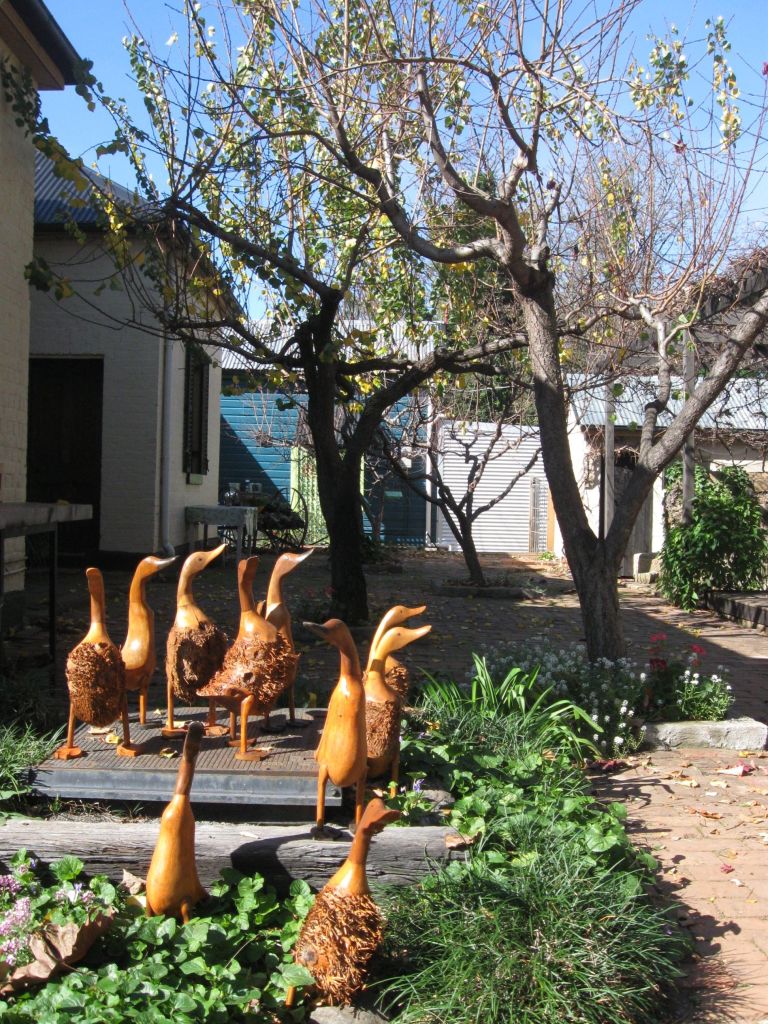 It isn’t long before the boys complain of hunger and it doesn’t take much to twist the adults’ arms for morning tea at Café Telegraph. The smell of the wood fire is comforting as we step inside, but we choose to sit in the sun under the bare trellis in winter mode.
It isn’t long before the boys complain of hunger and it doesn’t take much to twist the adults’ arms for morning tea at Café Telegraph. The smell of the wood fire is comforting as we step inside, but we choose to sit in the sun under the bare trellis in winter mode.
 Wandering through neighbouring Plants on Pages, we stop to admire a wall of weathered garden tools on a rendered wall.
Wandering through neighbouring Plants on Pages, we stop to admire a wall of weathered garden tools on a rendered wall.
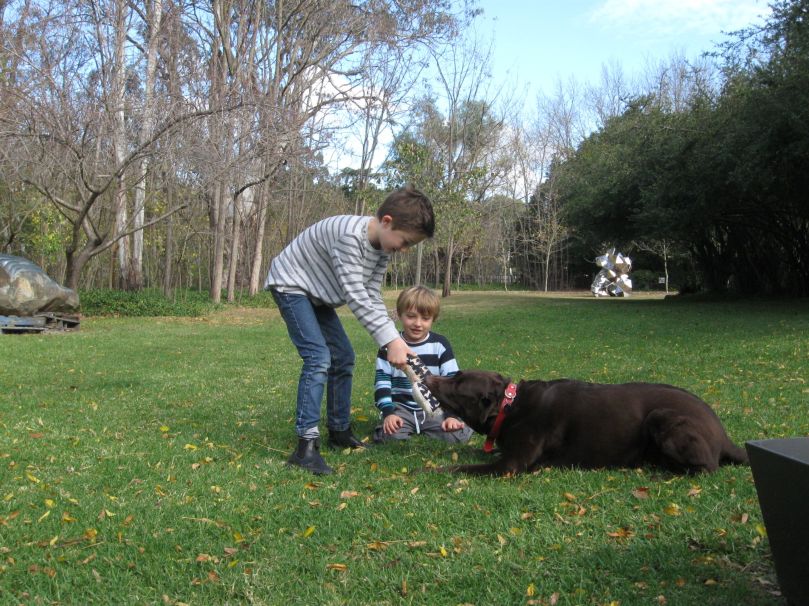 Our hero destination for the day is Michael Reid Gallery, Murrurundi. This is one of my favourite places. The sandstone gallery set in sweeps of oyster plants, hellebores, and emerging bulbs is so peaceful. Terry and I enjoy the joint exhibition of work by Christina Thwaites, Tracy Chaplin, Catherine Stewart and more. Catherine Stewart’s painting ‘Bee Boxes’ reminds me of my dad, Don, who has kept bees for more than 30 years, and a photograph I took of Scott Middlebrook’s multi-coloured bee boxes loaded onto a truck outside his parents’ house at Nundle. Gryf and Cormac make friends with the loping brown Labrador, Stoker, playing tug-of-war with a slobber soaked squeaky toy and throwing it across the lawn.
Our hero destination for the day is Michael Reid Gallery, Murrurundi. This is one of my favourite places. The sandstone gallery set in sweeps of oyster plants, hellebores, and emerging bulbs is so peaceful. Terry and I enjoy the joint exhibition of work by Christina Thwaites, Tracy Chaplin, Catherine Stewart and more. Catherine Stewart’s painting ‘Bee Boxes’ reminds me of my dad, Don, who has kept bees for more than 30 years, and a photograph I took of Scott Middlebrook’s multi-coloured bee boxes loaded onto a truck outside his parents’ house at Nundle. Gryf and Cormac make friends with the loping brown Labrador, Stoker, playing tug-of-war with a slobber soaked squeaky toy and throwing it across the lawn.
Turning on the oven again
We recently returned from a week away at the beach to delightful drizzling rain. We were so happy that rain had been the opening and closing curtain to our holiday, because last year we had torrential rain the whole week we were away.
The rain seems to have heralded a change in the season. Ever since we arrived home it has started to cool down. Such a relief from the ghastly 40 degree days we experienced in January. It has brought with it an enjoyment of the garden again and a desire to turn on the oven and cook.
As the weather cooled I reached for one of my favourite books, ‘A Story of Seven Summers’ by Hilary Burden, to cook Isis’s beetroot chocolate cake. But first I had to track down which member of our book club had borrowed my copy. On sending my first SMS I found it. My neighbour Nicola had it and it was soon back on my book shelf.
I first read an excerpt from Hilary’s book in Country Style magazine and later tracked down the full book, and later recommended it for our book club. Hilary and I both write for Country Style as freelancers. We exchange notes from time to time. I recognised Hilary’s name when she ordered some bits and pieces from our store and enjoyed picturing them in her Nun’s House.
Gryf and I made Isis’s beetroot chocolate cake for the boys to take to school for morning tea. I enjoy cooking the beetroot in boiling water for about 10 minutes and after the beetroot has cooled slightly, effortlessly sliding the skins away. If your hands are stained, try rubbing them in lemon juice to remove the beetroot.
Isis’s beetroot chocolate cake (from ‘A Story of Seven Summers’ by Hilary Burden)
Ingredients: 75 g cocoa powder, 180 g plain flour, 1 tsp baking powder, 250 g caster sugar, 250 g cooked beetroot, 3 large eggs, 200 ml vegetable oil, 1 tsp vanilla extract, icing sugar to dust.
Method: Preheat oven to 180 degrees Celcius and lightly butter a 20 cm round cake tin. Sift the cocoa, flour and baking powder in a bowl. Mix in the sugar. Blend the cooked beetroot in a food processor. Add the eggs, one at a time, then the oil and vanilla. Process until smooth. make a well in the centre of the dry ingredients, add the wet mixture and lightly mix. Pour into the cake tin and bake for 50-60 minutes or until a skewer inserted in the centre comes out clean. Cover loosely with foil if the cake starts to brown at 30 minutes (Hilary says, “Expect the top to crack”.) Leave for 15 minutes before removing from the tin, then place on a wire rack to cool. Dust with icing sugar to serve. I also like a dollop of our local Peel Valley Milk double cream and a few seasonal berries (strawberries, blackberries or blueberries).
Italian Country Soup
January is historically our second wettest month of the year. As a point of comparison in January 2013 we received 170mm of rain and in January 2014 we are grateful for the measly 21mm we received. Couple low rainfall with days of temperatures in the high 30s and low 40s, and it is sub-ideal for growing food. Yet, with splashings of bore water in the cool of the early morning and evening, we have coaxed a crop of tomatoes. Not our best, but better than expected.
I enjoy the opportunity to cook with tomatoes picked several metres from our kitchen door. We usually preserve and freeze tomatoes to use throughout the year, but it is the fresh tomatoes I enjoy the most. Breakfast of toast topped with pesto made with basil from the garden, and chopped tomato is a simple pleasure.
With an abundance of tomatoes and potatoes in the garden, and the last of the dried borlotti beans in the kitchen cupboard, I have Italian Country Soup in mind. This recipe is adapted from Brigitte Hafner’s Italian Country Soup recipe published in a newspaper magazine supplement years ago (sorry no publication or date on the torn out page).
Italian Country Soup
Ingredients: 1 bunch of spring onions (you can use 2 leeks or an onion, washed and sliced), five chorizo (Brigitte used 100g pancetta), 2 garlic cloves, sliced, 3 tbsp olive oil, 1 large potato, diced, sprinkle of dried oregano or 1/4 cup chopped fresh herbs (I used parsley, basil and marjoram), 1/2-1 cup of dried borlotti beans soaked for about eight hours, splash of white wine, 450g can of Italian tomatoes or up to 800g fresh Roma tomatoes, roughly chopped, 3 cups water or chicken stock, salt and pepper, 1 sprig rosemary, small handful of risoni, broken fettuccine, or crusty bread.
In a heavy-based pot, cook onion and garlic over low heat until soft and golden. Increase to medium heat and add chorizo, turning and browning for several minutes until firm enough to slice. Slice sausage into bite-sized pieces and return to the pot. Add potato and cook for a couple of minutes. Add herbs and drained beans, tomatoes, wine and water or stock. Season with salt and pepper and add rosemary. Bring to the boil, skim surface and simmer for 40-50 minutes or until beans are soft. If using risoni, add and cook for a further 10 minutes, adding water if necessary, or serve with sliced crusty loaf of bread. Serve with grated parmesan cheese. Serves 4-6.
Interview * Megan + Duncan Trousdale * Nundle
Thank you to Danielle White of The Countryphiles for featuring Odgers and McClelland Exchange Stores, Nundle (including mentions of lots of Nundle attractions and events) on her blog today.
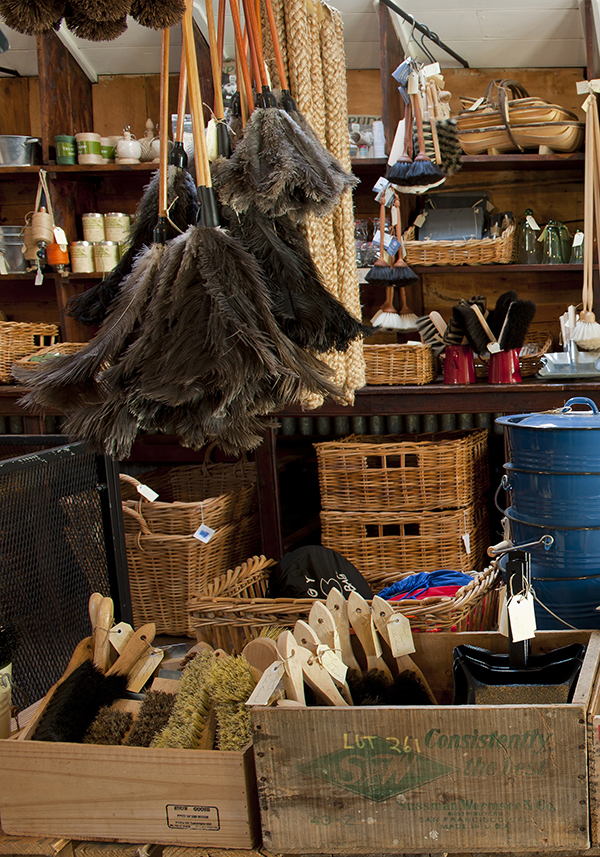
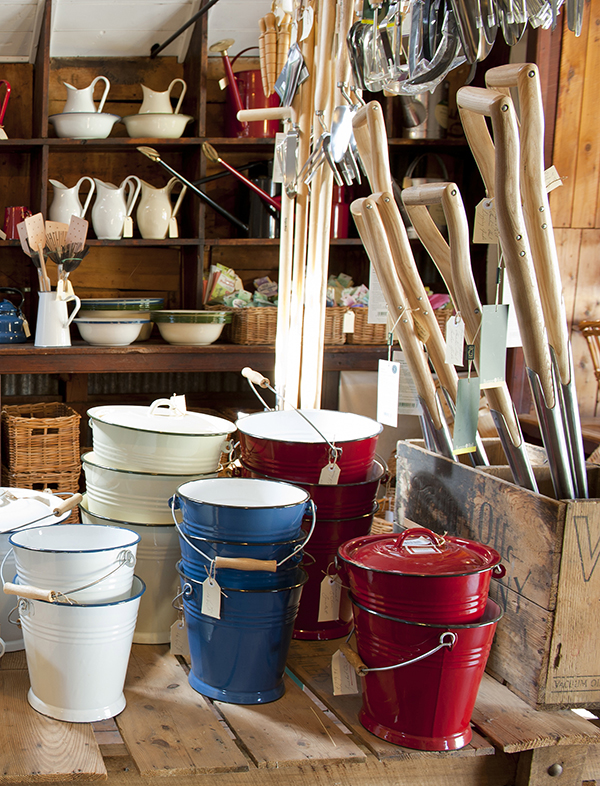
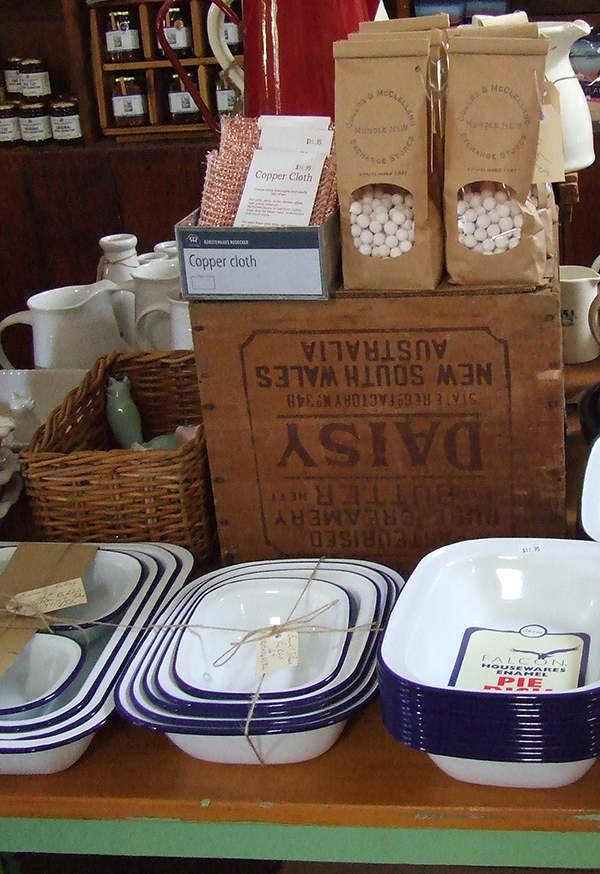

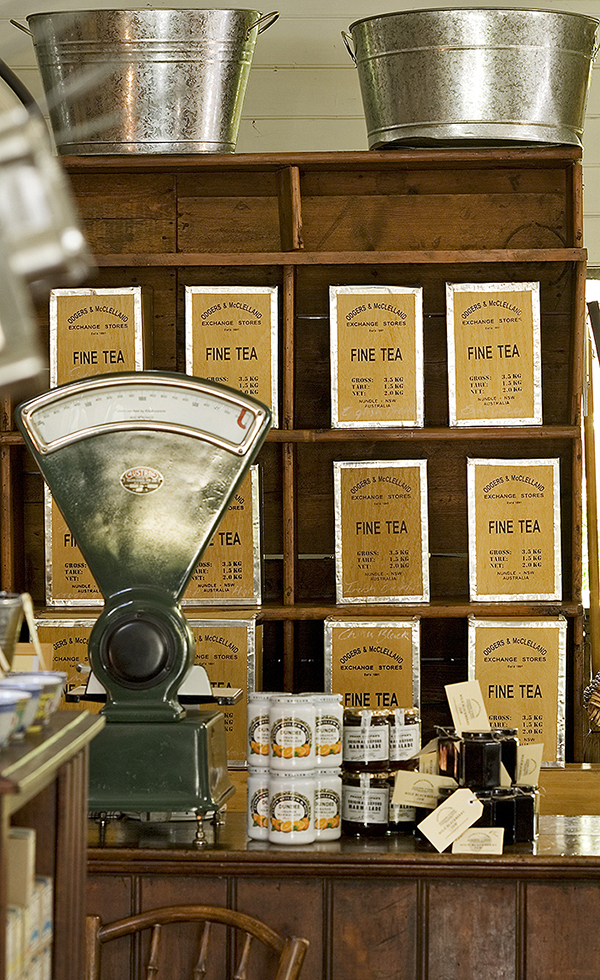
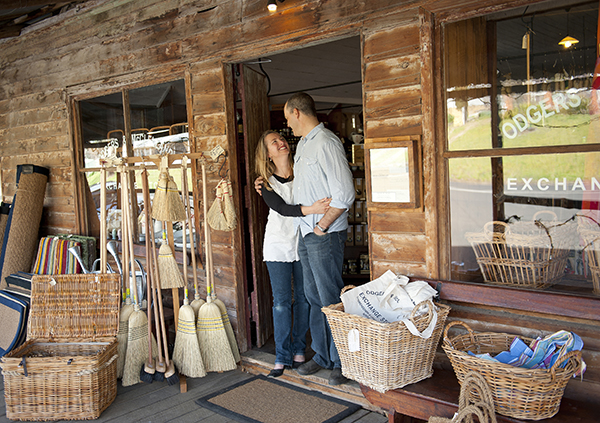
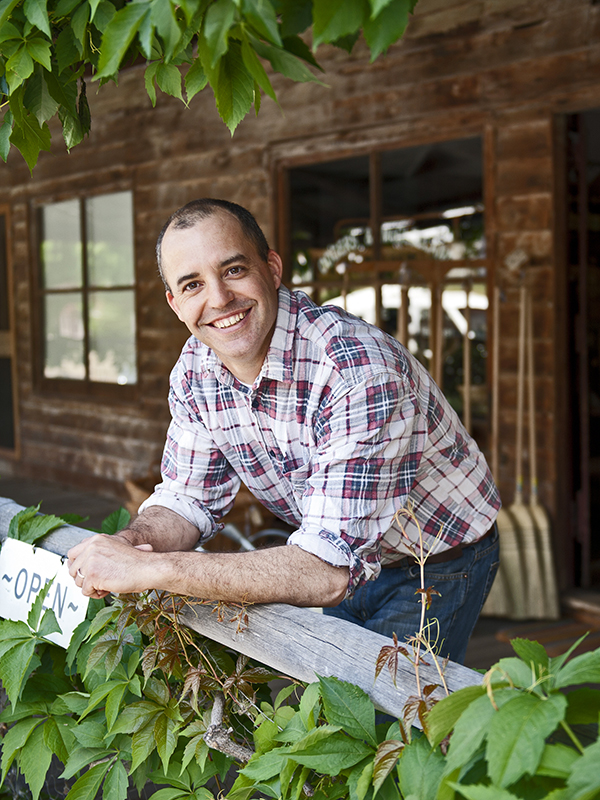
Welcome back! Our first story for 2014 encapsulates a little bit of all that The Countryphiles seeks to find and share with you: a tale of passion, devotion, hard work, adventure, dreams, romance, friendship, home-grown fruit & veg, chooks, gardens, music, wide open spaces, clean fresh air, natural beauty, family life AND community spirit + connection – all celebrated, shared and enjoyed by happy, inspiring people. What better way to begin the new year. Enjoy! x
Today, we journey to Nundle, a historic hamlet in New England, North West NSW, where Megan + Duncan Trousdale own and run the gorgeous Odgers & McClelland Exchange Stores – a general merchants store of olde that was built in 1861.
Originally from Sydney, Megan first visited Nundle and spotted the historic timber and iron store in 1997 while researching a story for Country Style magazine in her former role as Deputy Editor {sigh…
View original post 2,961 more words
Making pesto
We grow basil, not by the pot but by the row. Come summer there never seems to be enough basil. There’s basil to add to simmering passata, bruschetta, preserved tomatoes, and pesto.
This summer Duncan and I both planted basil so we would have our own supplies (last year I was chastised for using basil reserved for preserving). We mucked up the timing though so while the basil is in its prime the tomatoes are just starting to blush. So, keen to use the basil today I made pesto.
I use a couple of different recipes for pesto: David and Gerda Foster’s recipe from ‘A Year of Slow Food’, and Stephanie Alexander’s recipe from ‘The Cook’s Companion’. I experiment with nuts too. Pine nuts can be pricey, so I sometimes use peanuts if they are in the cupboard (or cashews if there’s a packet miraculously uneaten).
 I enjoy folding pesto into cooked pasta to ramp up the flavour and add interest to the presentation, although my boys are not keen on the colour (green!). And when you have that magic combination of tomatoes and basil in abundance bruschetta is heavenly. Even worthy of a homemade loaf of bread.
I enjoy folding pesto into cooked pasta to ramp up the flavour and add interest to the presentation, although my boys are not keen on the colour (green!). And when you have that magic combination of tomatoes and basil in abundance bruschetta is heavenly. Even worthy of a homemade loaf of bread.
Pesto (adapted from Stephanie Alexander’s ‘A Cook’s Companion’)
Ingredients: 1 cup basil leaves, 1/2 cup extra-virgin olive oil, 3 tablespoons pine nuts, 2 cloves garlic, crushed, salt, 60g freshly grated parmesan cheese.
Method: Blend basil, oil, pine nuts, garlic and salt in a blender or with a stick blender until smooth, making sure to incorporate contents from sides. When blended, scrape into a bowl and stir in cheese. Store covered with a film of olive oil in a screw top jar.
[I used a large quantity of basil leaves, more like three cups and adjusted the proportions to suit, 1 1/2 cups pine nuts, 1 cup extra-virgin olive oil, six cloves garlic crushed, salt, and 120g parmesan. I am learning from two friends, who are great cooks, to play around with recipes and rely on flavour not measurements].
Diary of a pop-up shop
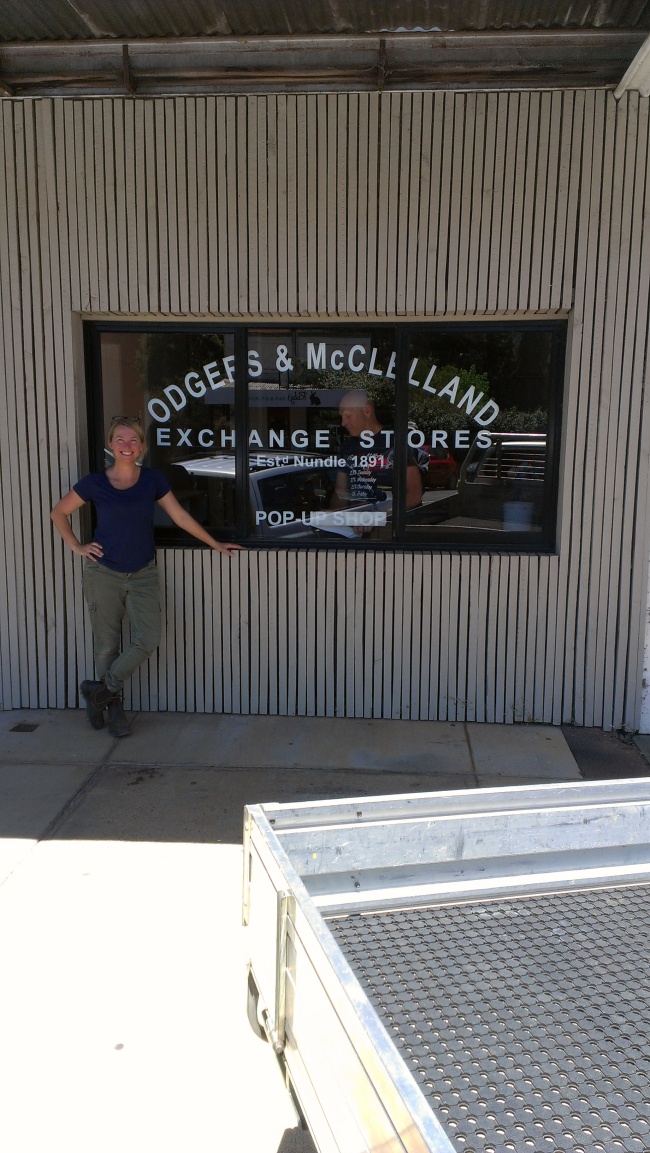 We tried something new in the lead up to Christmas, a pop-up shop at our nearest major town, Tamworth, in northern inland New South Wales. Our experience may encourage you to do something similar if you are looking to break into a new market or take a creative venture to the next level. A customer planted the seed of a pop-up shop when we had a stall at the Brain Foundation Christmas Fair at Tamworth Racecourse in November. “Thank goodness you’re here. I just wouldn’t have a chance to get to Nundle before Christmas,” committee member Lisa’s words turned over in my head.
We tried something new in the lead up to Christmas, a pop-up shop at our nearest major town, Tamworth, in northern inland New South Wales. Our experience may encourage you to do something similar if you are looking to break into a new market or take a creative venture to the next level. A customer planted the seed of a pop-up shop when we had a stall at the Brain Foundation Christmas Fair at Tamworth Racecourse in November. “Thank goodness you’re here. I just wouldn’t have a chance to get to Nundle before Christmas,” committee member Lisa’s words turned over in my head.
 Our 120-year-old store is based in Nundle, population 300, 60km from Tamworth. Usually we have a steady stream of online orders from around Australia, and over the counter customers, a mix of Nundle locals and visitors. But in the lead up to Christmas the number of over the counter customers plummets as people are lured by the convenience and glossy catalogues of chain stores in major centres, and online shopping. In late November when I drove down Tamworth’s main Peel Street I started to notice the number of empty shops with For Lease signs in the window. I am aware of the pop-up shop concept from magazine coverage of boutique businesses or artists dipping their toe in the water of retail markets they couldn’t normally afford, or local government working with landlords to revive central business districts by offering retail space at reduced rent. I took note of the real estate agent managing the properties I was interested in and made contact to work out whether we could afford a short term lease. Even short term main street retail space was out of our reach. When I contacted friend Sally Clifton to enquire about the empty room in her Pronto Catering space at the southern end of Peel Street, her enthusiasm and realistic rent was uplifting. Our cooking oriented businesses complemented each other and it was a neat fit. Sally saw our potential presence as a way to drum up sales of frozen meals, Christmas cakes, brownies and shortbread to complement her usual catering business. I thought of opening the pop-up shop three days a week for a couple of weeks leading up to Christmas, but Sally was hard core when we met to discuss the idea in late November. “I think you should act now. Start next week,” she suggested.
Our 120-year-old store is based in Nundle, population 300, 60km from Tamworth. Usually we have a steady stream of online orders from around Australia, and over the counter customers, a mix of Nundle locals and visitors. But in the lead up to Christmas the number of over the counter customers plummets as people are lured by the convenience and glossy catalogues of chain stores in major centres, and online shopping. In late November when I drove down Tamworth’s main Peel Street I started to notice the number of empty shops with For Lease signs in the window. I am aware of the pop-up shop concept from magazine coverage of boutique businesses or artists dipping their toe in the water of retail markets they couldn’t normally afford, or local government working with landlords to revive central business districts by offering retail space at reduced rent. I took note of the real estate agent managing the properties I was interested in and made contact to work out whether we could afford a short term lease. Even short term main street retail space was out of our reach. When I contacted friend Sally Clifton to enquire about the empty room in her Pronto Catering space at the southern end of Peel Street, her enthusiasm and realistic rent was uplifting. Our cooking oriented businesses complemented each other and it was a neat fit. Sally saw our potential presence as a way to drum up sales of frozen meals, Christmas cakes, brownies and shortbread to complement her usual catering business. I thought of opening the pop-up shop three days a week for a couple of weeks leading up to Christmas, but Sally was hard core when we met to discuss the idea in late November. “I think you should act now. Start next week,” she suggested.
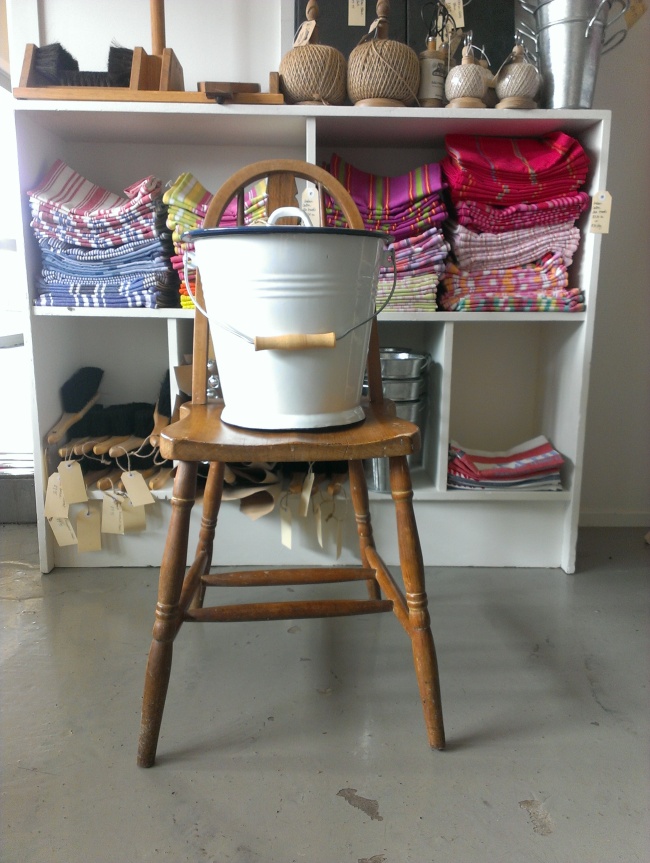 I took reference shots for Duncan and we talked about whether we could handle the logistics of childcare, the 120km round trip, shop fittings, and stock. We took up Sally’s offer and rang friends at Pronto’s neighbours Ruby’s Cafe and Gift Store and Tarnished so they knew our plans first hand. We gathered furniture from our house and shop to use as temporary shop fittings; I painted an old book shelf we used to store tools in a workshop, cleared two small timber tables of domestic detritus, collapsed a vintage trestle table in our study, and dusted off a counter made from recycled packing cases in the shop’s early history. We married these rustic fittings with Sally’s commercial steel mesh shelving on castors and painted concrete floor. We asked Tamworth graphic artist Peter Schulz to reproduce our Nundle window in the Pronto Catering space. Amazingly he still had our original artwork file from when he created our Nundle windows more than 10 years ago. As we unpacked stock and recreated a taste of Odgers and McClelland Exchange Stores, Nundle at Tamworth we believed we could pull it off.
I took reference shots for Duncan and we talked about whether we could handle the logistics of childcare, the 120km round trip, shop fittings, and stock. We took up Sally’s offer and rang friends at Pronto’s neighbours Ruby’s Cafe and Gift Store and Tarnished so they knew our plans first hand. We gathered furniture from our house and shop to use as temporary shop fittings; I painted an old book shelf we used to store tools in a workshop, cleared two small timber tables of domestic detritus, collapsed a vintage trestle table in our study, and dusted off a counter made from recycled packing cases in the shop’s early history. We married these rustic fittings with Sally’s commercial steel mesh shelving on castors and painted concrete floor. We asked Tamworth graphic artist Peter Schulz to reproduce our Nundle window in the Pronto Catering space. Amazingly he still had our original artwork file from when he created our Nundle windows more than 10 years ago. As we unpacked stock and recreated a taste of Odgers and McClelland Exchange Stores, Nundle at Tamworth we believed we could pull it off.
 With four weeks before Christmas we didn’t want to spend a lot of money on advertising so we turned to generating word of mouth awareness through Facebook posts, SMS, and email. The first day of trade The Northern Daily Leader newspaper visited to interview me and take a photo. A story, ‘Nundle shop pops up’, appeared the next day and had immediate results . “I saw the story in The Leader,” was a common response among customers when I asked how they heard about the pop-up shop. We also placed a public notice in the classifieds of The Leader, a week before packing up the pop-up. As a journalist, I was heartened that people still read newspapers.
With four weeks before Christmas we didn’t want to spend a lot of money on advertising so we turned to generating word of mouth awareness through Facebook posts, SMS, and email. The first day of trade The Northern Daily Leader newspaper visited to interview me and take a photo. A story, ‘Nundle shop pops up’, appeared the next day and had immediate results . “I saw the story in The Leader,” was a common response among customers when I asked how they heard about the pop-up shop. We also placed a public notice in the classifieds of The Leader, a week before packing up the pop-up. As a journalist, I was heartened that people still read newspapers.
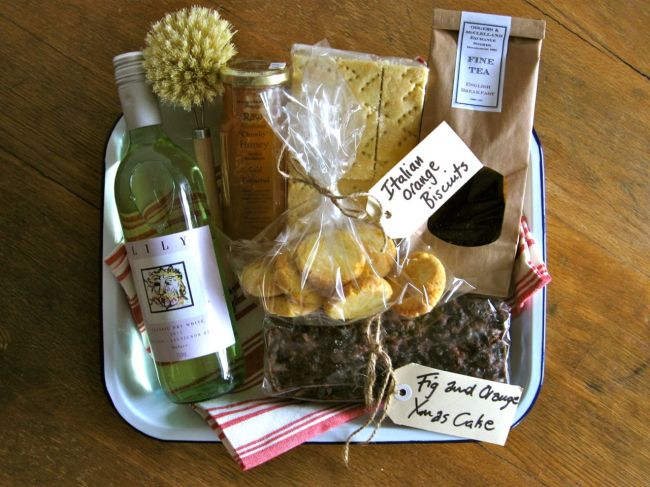 We are grateful to Pronto Catering and neighbours Pam O’Connor of Tarnished and Christopher Woods and Leisel McIlrick Woods of Ruby’s Cafe and Gift Store for their encouragement, warm welcome, and promotion. Pronto and Odgers and McClelland joined forces to promote a Christmas hamper with a local produce flavour and serve each other’s customers, and the four businesses cross fertilised each other’s businesses through social media, e-marketing, and face-to-face interactions in the lead up to Christmas, even hosting a joint late night shopping evening with Christmas drinks and nibblies.
We are grateful to Pronto Catering and neighbours Pam O’Connor of Tarnished and Christopher Woods and Leisel McIlrick Woods of Ruby’s Cafe and Gift Store for their encouragement, warm welcome, and promotion. Pronto and Odgers and McClelland joined forces to promote a Christmas hamper with a local produce flavour and serve each other’s customers, and the four businesses cross fertilised each other’s businesses through social media, e-marketing, and face-to-face interactions in the lead up to Christmas, even hosting a joint late night shopping evening with Christmas drinks and nibblies.
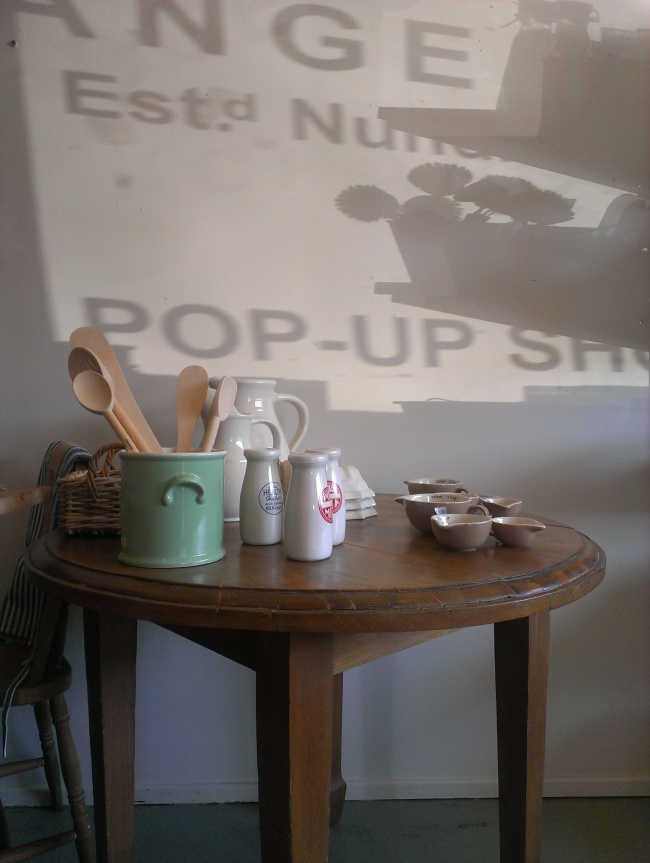 There were moments when we questioned our decision. In the first two weeks of the pop-up shop business in Tamworth was slow. Back at Nundle our pre-Christmas online sales reached record levels and I wasn’t around to help Duncan. We tag-teamed to care for children, customers, and the garden. After three and a half weeks of working six days a week (I hadn’t worked full time since before our son Cormac, eight, was born) we were happy to exceed the turnover goal we had set for the pop-up shop. We made sales and created awareness we would not have achieved had we not taken this leap of faith. We thank our customers who supported our pop-up shop and our friends and family for their encouragement and help.
There were moments when we questioned our decision. In the first two weeks of the pop-up shop business in Tamworth was slow. Back at Nundle our pre-Christmas online sales reached record levels and I wasn’t around to help Duncan. We tag-teamed to care for children, customers, and the garden. After three and a half weeks of working six days a week (I hadn’t worked full time since before our son Cormac, eight, was born) we were happy to exceed the turnover goal we had set for the pop-up shop. We made sales and created awareness we would not have achieved had we not taken this leap of faith. We thank our customers who supported our pop-up shop and our friends and family for their encouragement and help.

